Product Description
HM-TRLR-S series is a low cost, high performance transparent transceiver with operating at 433/470/868/915MHz. It is LoRa/FSK/ GFSK/OOK modulation variety. It features small size, high output power, high sensitivity, long transmission distance and most of the parameters can be set via the command. Receive and send data to automatically switch. Use generic UART interface. It is easy to realize the wireless data transmission with only providing the UART data. It is flexible for the users to set the UART baud rate, output power, data rate, frequency select, modulation mode select etc parameters. It is your ideal choice for designing wireless data transmission products which can be widely used on wireless data transmission field.
To make this breadboard (0.100″) friendly , we suggest you also purchase these nifty pitch adapters.
Or get the easy all-in-one hand prototyping kit
KEY PRODUCT FEATURES
-
- Low cost, high performance , high reliability
- LoRa/FSK/GFSK/OOK modulation, 2-way half –duplex communication, strong anti-interfere
- 433/470/868/915MHz ISM band,globally license free.
- Maximal output power100mW(20dBm),output power adjustable between 2-20dBm
- LORA Sensitivity -139dBm
- Supply current for Tx 130mA@20dBm, 35mA@13dBm
- Supply current for Rx 16mA
- Low current sleep mode 2uA
- Standard UART interface, extendable to RS232 or other interface
- Operation frequency can be configured, acceptable for several modules working in different frequency with no disturbance on each other.
- RF parameters as needed, users can be modulated by software.
- Easily use, auto exchange on communication & transceiver
- Communication speed 1.2kbps -115.2kbps,can be modulated through software
- Afford Sleep control signal,user self control work duty cycle
- With LED indication
- Longer transmission distance,over 5Km in open air
- Small size 16*20*2mm, 10PIN SMD package,easy for assembly .
- Tuning free
- Accord FCC,ETSI standard


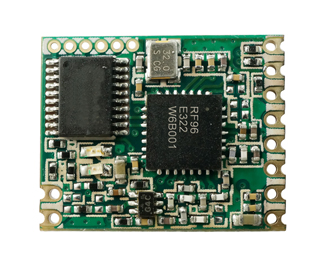
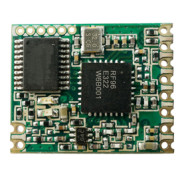

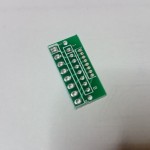
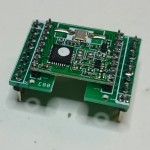
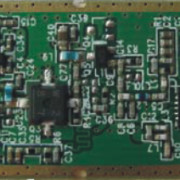
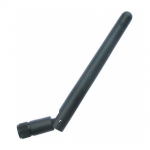
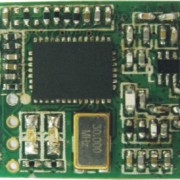
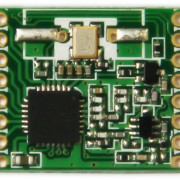



Manuka – :
Although more costly,these two chip HopeRF HM-TRLR-433 LoRa™ data modules are easier to use than HopeRF’s cheaper single chip LoRa™ RFM98 offering. The latter controls the on board “7 a side” Semtech SX1278 via tedious clock linked SPI (Serial Peripheral Interface). Two chip LoRa™ modules instead use a 2nd on board MCU (microcontroller) to ease the SX1278 LoRa™ linkage, and are usually much easier to configure & work with than HopeRF’s well thought of single LoRa™ chip RFM98.
Two 2 chippers further offer friendly TTL (Transistor Transistor Logic) transparent data handling via simple RXD & TXD pins,and the HM-TRLR-433 setup uses industry standard AT commands. Tiny red & blue LEDs fitted onboard the TTL module are handy for TX/RX insights.
The channel nature of the HM-TRLR-433 means only 3 channels in the ~1.7MHz wide 433MHz ISM band can be legally selected however.
433 MHz LoRa™ ranges were verified as an order of magnitude greater than similar setups using traditional ASK,FSK or GFSK modulation. With 25mW transmitter power near line of sight coverage to many km (rather than a few 100 metres) was possible with just simple 1/4 wavelength antenna!
Note: Although much smaller than the competing DRF1278DM Dorji module (and pleasingly running on lower voltages), the HM-TRLR module uses 2mm spaced pinouts rather than standard 2.54mm (1/10″. Module solder pads are well insulated and flying leads could be used OK. However the small pitch adapter PCB will make for a neater job & it’s highly recommended for use with header pins or solderless breadboards.
For a comprehensive hands on LoRa™ background refer =>
http://www.instructables.com/id/Introducing-LoRa-/